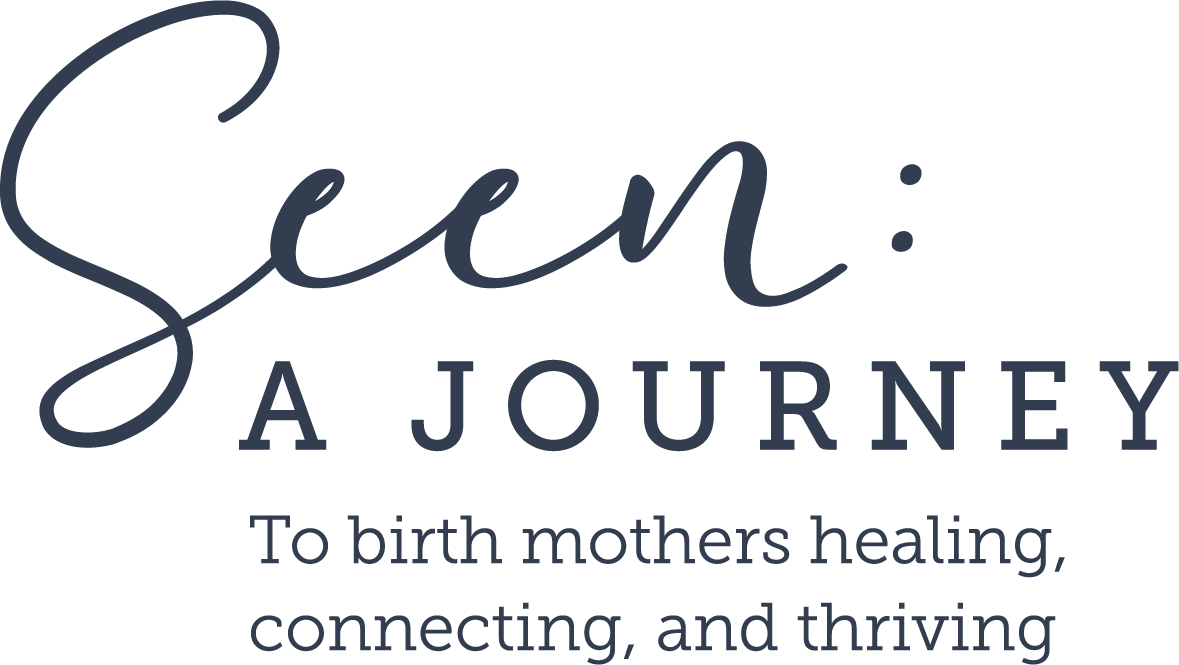Whether or not you adopt a child with the same cultural and racial background as you, maintaining a connection with the child’s biological family is the best way to encourage the healthy formation of the child’s identity.
It is even more important, though, if the child is of a different cultural and racial background as you.
February is Black History Month and while I cannot speak on the experiences of POC’s as I am not one, I can speak on why biological connection and racial mirroring is important in adoption and why it was important to me.
Racial mirroring means having people in your life who look like you and who share similar racial traits and cultural traditions. These relationships help us form our identity and make us feel grounded within our community.
When I was looking at profiles of prospective adoptive parents, I had a rather long list of requirements. Some expectant mothers don’t have many preferences while others, like me, are a bit more specific.
Some of the preferences on my long “List of Requirements” were:
- Needed to live within a 15-minute drive to extended family.
- Be active in their community.
- Have an interest in travel.
- Participate in a variety of activities/sports/hobbies.
- Have a college education.
- Have at least one parent with light features.
There were more preferences on my list that I got even more specific with but I want to talk about the last one regarding a light featured parent.
I am a Caucasian woman with blonde hair and green eyes. My birth daughter’s birth father is also Caucasian with blonde hair and blue eyes. So, I knew our daughter would also have light features. Because of that, I wanted to find a family who had at least one parent with light features so that my birth daughter could identify with her adoptive family.
I didn’t want my birth daughter to feel like a spectacle out in public or feel out of place in family photos. I wanted her to feel like she “fit in” because being adopted was going to be hard enough. I wouldn’t even consider a family if they didn’t meet this requirement. It was non-negotiable.
If this requirement was so important to a Caucasian woman like me living in a predominantly white community, imagine how much more important having racial and cultural mirroring is for transracial adoptees.
While I know that some Birth Mothers who come from minority communities don’t choose adoptive families who are of the same race for a variety of reasons, it is still crucial to the formation of the adopted child’s identity to be connected to people who do.
If you are an adoptive family who has adopted transracially or transnationally, it is safe to assume that the child you adopted will feel out of place and want to know about their biological family’s culture and heritage. It will require extra effort on your end to make those connections for your child.
I was recently introduced to speaker Isaac Etter who is a transracial adoptee and adoption educator. He told us that he grew up in a predominantly white community and that he only knew a few people who looked like him growing up, and they were also adopted. He went on to share with us about a time when his community had an event and when he went to the restroom he was startled by a Black man. When he turned to look, he realized there was a mirror there and that he was looking at himself. He was the Black man. He did not even recognize himself and for a moment forgot that he was Black.
Imagine walking past a mirror and not recognizing yourself because you lack the relationships necessary to help form that part of your identity. While this might be difficult for those of us who are living in a society where we are not a minority to imagine, try thinking about how often you look at your relatives and compare noses, hair color/texture, or even how well (or not) you tan during the warm summer months. Now imagine if you were adopted into a family who is of the same race as you; you might be able to compare skin color and some cultural traditions or habits but even then, you can’t ask whose nose you have or whose voice sounds like yours.
If for some reason you are unable to have a relationship with your child’s biological family so they can make those comparisons, the next best option is to immerse yourself into their race and culture by way of relationships and by incorporating their cultural traditions into your everyday life.
I can only speak so much on transracial adoption but if it was important for my adoption, it’s even more important for transracial adoption. The simple act of finding commonalities is what helps provide a sense of security and permanency within our communities. We must support all adoptees in their pursuit for information and connection. Be students of your children and show them that you care about their individuality. Parent the child you have, not the child you want.


